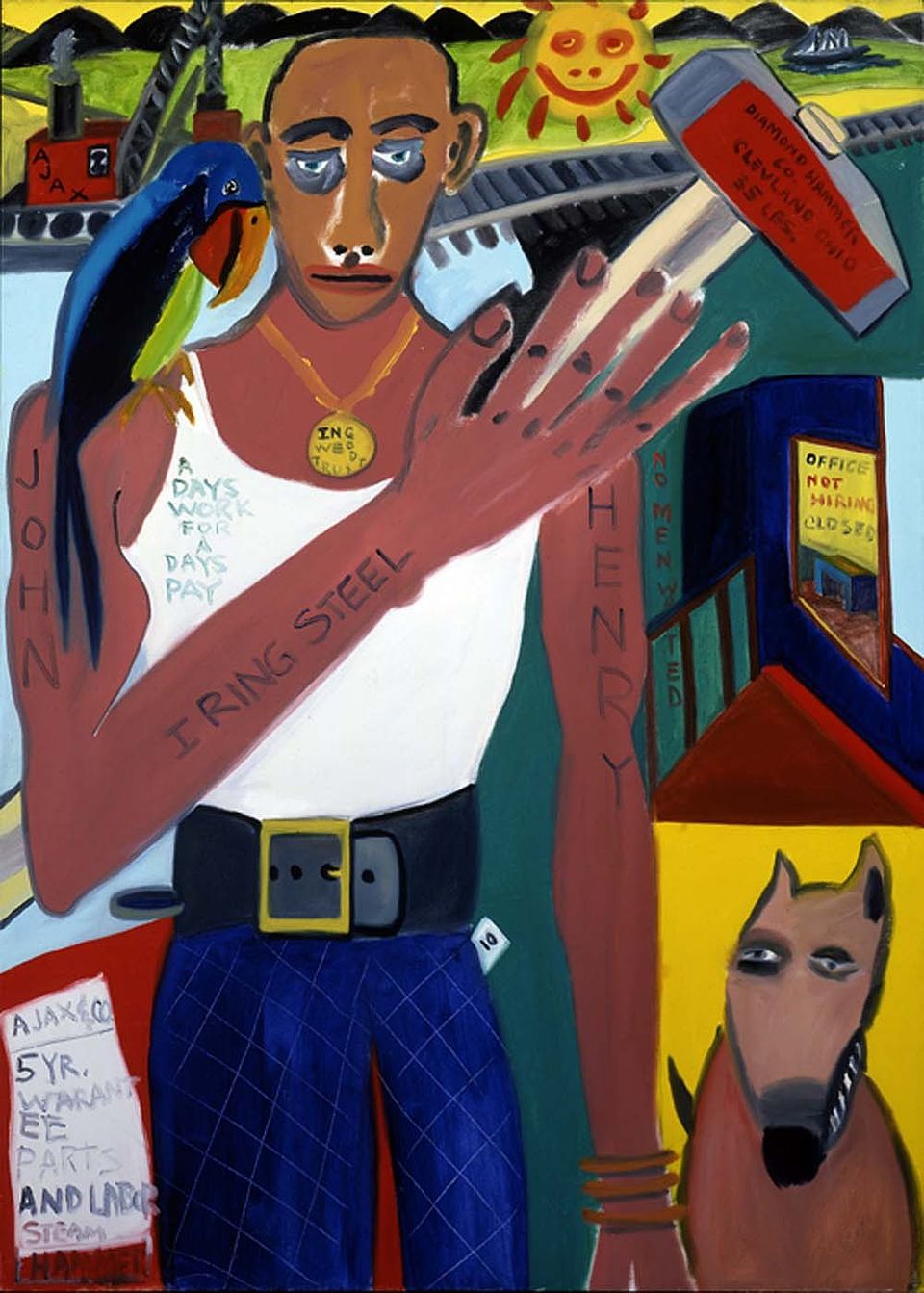Artwork Details
- Title
- Evening Rendezvous
- Artist
- Date
- 1962
- Location
- Not on view
- Dimensions
- 50 1⁄4 x 64 1⁄4 in. (127.7 x 163.3 cm.)
- Credit Line
- Museum purchase
- Mediums
- Mediums Description
- oil on linen
- Classifications
- Highlights
- Subjects
- Abstract
- Object Number
- 1994.32
Artwork Description
African American Art: Harlem Renaissance, Civil Rights Era, and Beyond, 2012
Most New York art critics in the 1950s and 1960s insisted that painting could be about nothing except painting. Any artist who argued otherwise risked bad press and lost sales. This climate might have led Lewis to proclaim that his art was meant solely to express "man's creative endeavors." Evening Rendezvous veered close to the forbidden territory of figural painting, and more importantly, it brought the turmoil of the civil rights movement into the gallery. But it is still enough of an abstract painting to suggest that Lewis veiled his subject in an acceptable language.
Exhibition Label, Smithsonian American Art Museum, 2006















